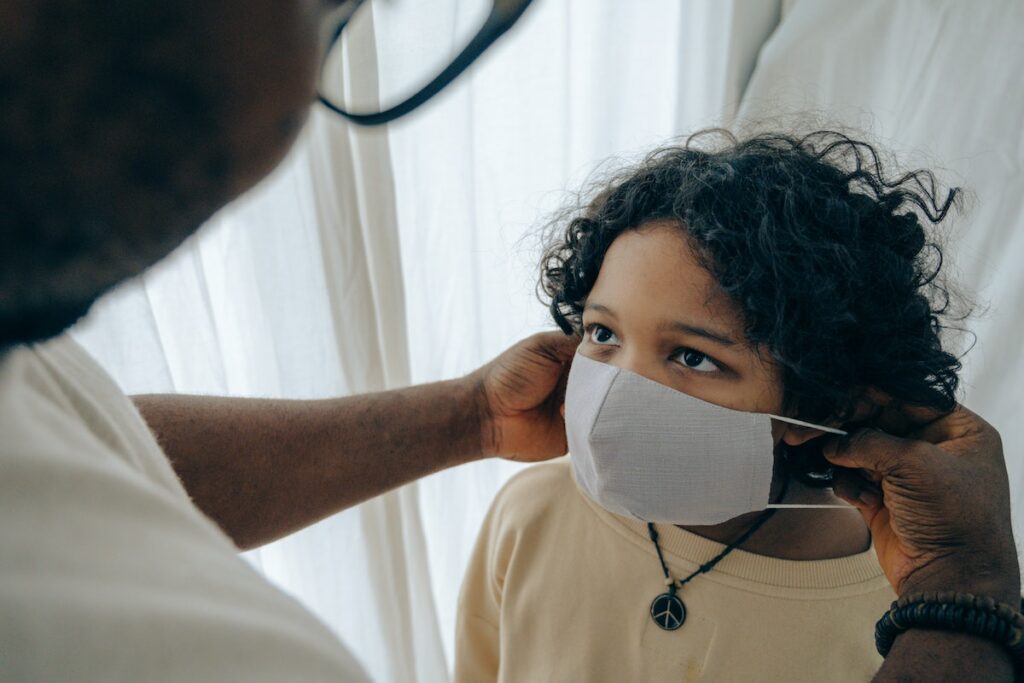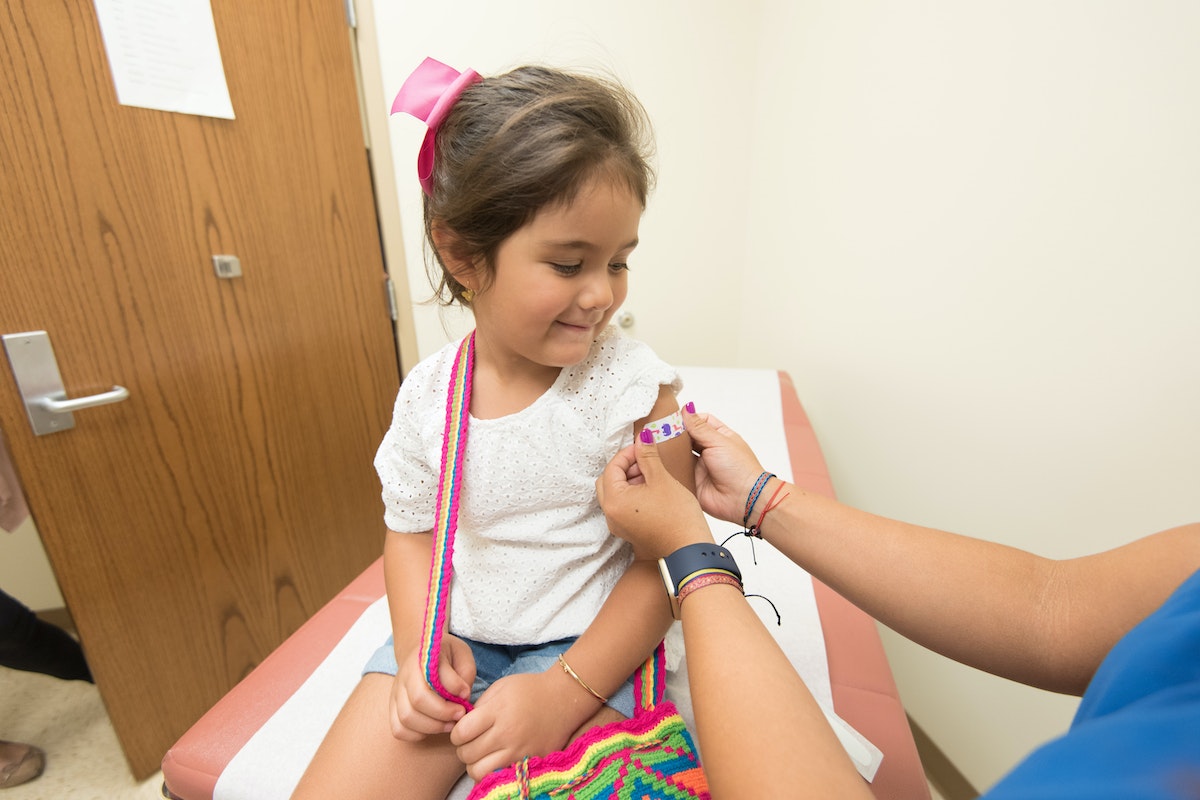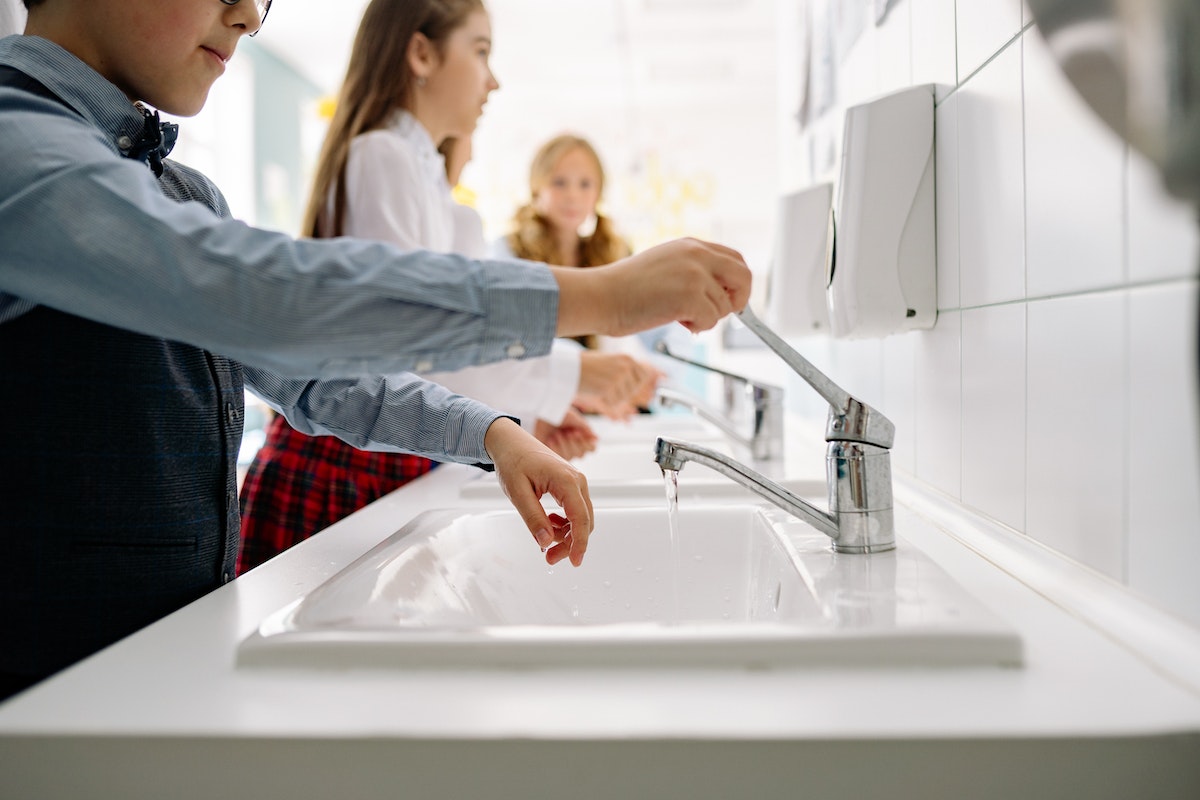- Vaccinate children when eligible and keep up-to-date with vaccine recommendations to ensure protection.
- Test children for COVID-19 regularly, even if they are not exhibiting symptoms, to ensure the virus is not spreading undetected.
- Continue social distancing measures and wear masks in public to reduce the risk of transmission.
- Encourage good hygiene habits such as washing hands, using hand sanitizers, and coughing into elbows.
- Stay informed on the latest developments and health recommendations to ensure safety of children.
The COVID-19 pandemic has brought about unprecedented changes to our world. As the world continues to navigate this new normal, you must take extra precautions to ensure the safety of your children. Children are a vulnerable population, so you must take additional steps to keep them safe from the virus. This blog post will explore how parents, caregivers, and educators can keep children safe while moving forward in this post-pandemic world.
1. Vaccinations are key
As the COVID-19 vaccine becomes more widely available, parents and caregivers must ensure that children are vaccinated. Vaccination protects not only the child but also those around them who may be more vulnerable to the virus. It is essential to stay current on vaccine recommendations and schedules to ensure your child is fully protected.
Know that vaccinations are safe and effective, so do your best to ensure your children receive them when they become eligible. Some states have recently passed laws allowing adolescents to receive the vaccine, so check your local guidelines on eligibility.
2. Test children for COVID-19 regularly
Regular testing for the virus is another crucial step in keeping children safe. If your child experiences any symptoms of COVID-19, it is essential to test them immediately so they can begin treatment if necessary. COVID testing for children should be done regularly, even if they are not exhibiting any symptoms. This will help ensure that the virus is not spreading undetected in your home, school, or other areas your child frequents.
Ask your pediatrician for more information on testing for COVID-19 in children, and make sure your child’s tests are up to date. They may also be able to provide guidance on which tests are best for your situation. If possible, take advantage of contact-free testing options available in many locations.
3. Stick with social distancing measures
While many people may be eager to return to pre-pandemic life, it is essential to continue social distancing measures. Encourage children to practice social distancing, wear masks when in public, and avoid large crowds. This will help reduce the risk of transmission of the virus. Some schools and daycare centers may require additional measures, such as temperature checks or other health screenings, before allowing entry.
Teach your child to stay away from people who are sick, and remind them that it is important to keep a safe distance from others. Also, ensure your child knows not to share food, drinks, or other items with anyone outside their immediate family.
4. Prioritize hygiene
In addition to social distancing and wearing masks, good hygiene practices are also essential. There are many ways to promote good hygiene habits in children. Here are some tips:
a. Encourage children to wash their hands often
Washing hands with soap and water is essential in preventing the spread of COVID-19. As much as possible, encourage children to clean their hands frequently and thoroughly, especially after coming in contact with anyone outside of the household.
b. Teach children to cough or sneeze into their elbow
Instead of their hands, teach children to cough and sneeze into their elbows. This will help reduce the spread of germs and remind them to cover their mouth when they sneeze or cough.
c. Put reminders in places where children can see them
Putting up signs and other visual reminders of essential hygiene practices can be a helpful way to remind children to wash their hands and practice social distancing. For example, you can put a sign in the kitchen or bathroom to remind them to wash their hands before and after eating.
d. Make hand sanitizer available
In addition to soap and water, hand sanitizer is also a great way to reduce the spread of germs. Place bottles of hand sanitizer around the house and in bags or backpacks so children can access them when needed.
5. Stay informed
As new developments occur in our understanding of the virus, it is essential to stay up to date on the latest recommendations from health officials. When considering returning to in-person school or extra-curricular activities, checking with local guides to ensure safety is crucial. You can also consult your pediatrician, school district, and other healthcare professionals for the most up-to-date information.
Keeping children safe in the post-pandemic world requires a collective effort from parents, caregivers, and educators. Vaccinations, regular testing, social distancing measures, and good hygiene practices are essential to keeping children safe during this time. Take the steps necessary to ensure your children’s safety, and stay informed on new developments. With these steps, you can help keep your children safe in this new normal.


